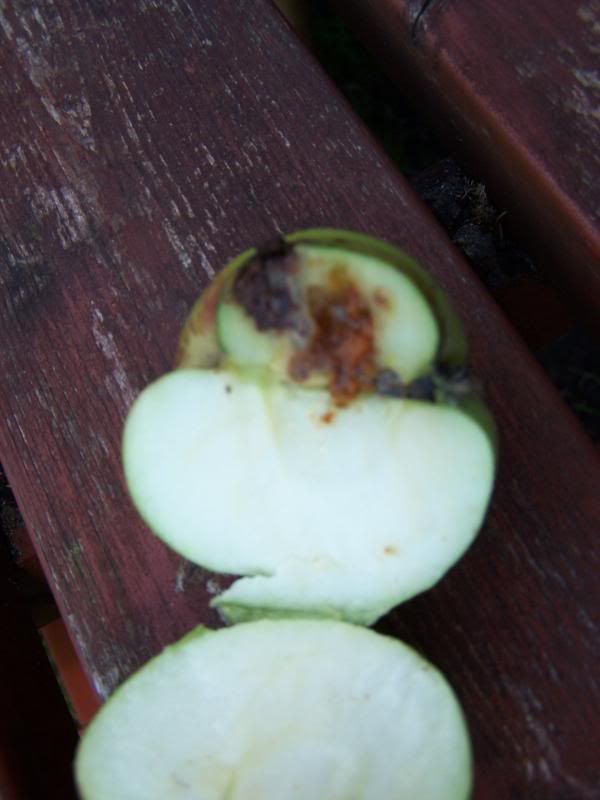hi i`m new here so be gentle 
i have had an apple tree for about 5 years bought from wilkinsons
every year a lot of the apples look like this

what is it and how do i stop it

i have had an apple tree for about 5 years bought from wilkinsons
every year a lot of the apples look like this

what is it and how do i stop it














Comment